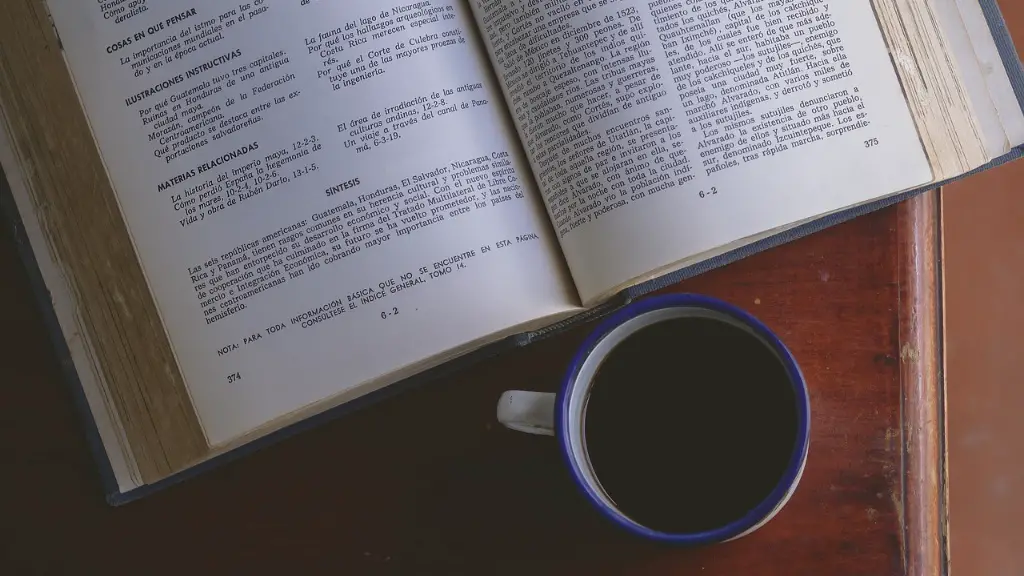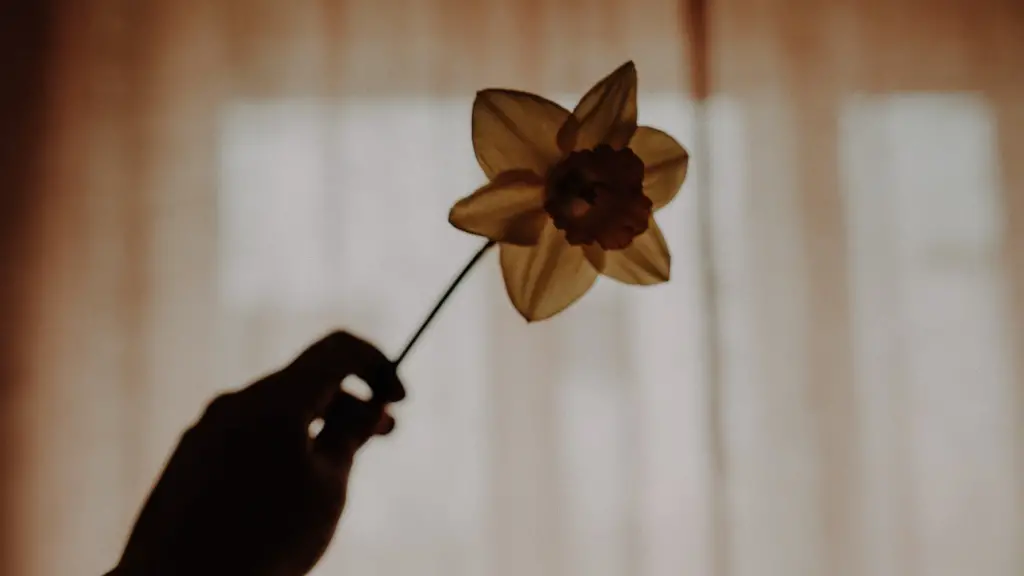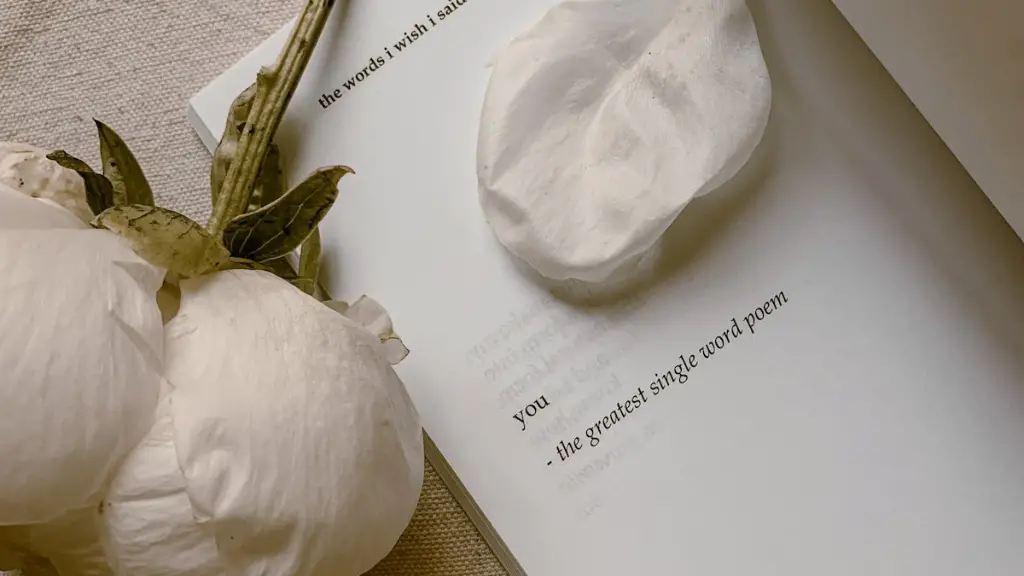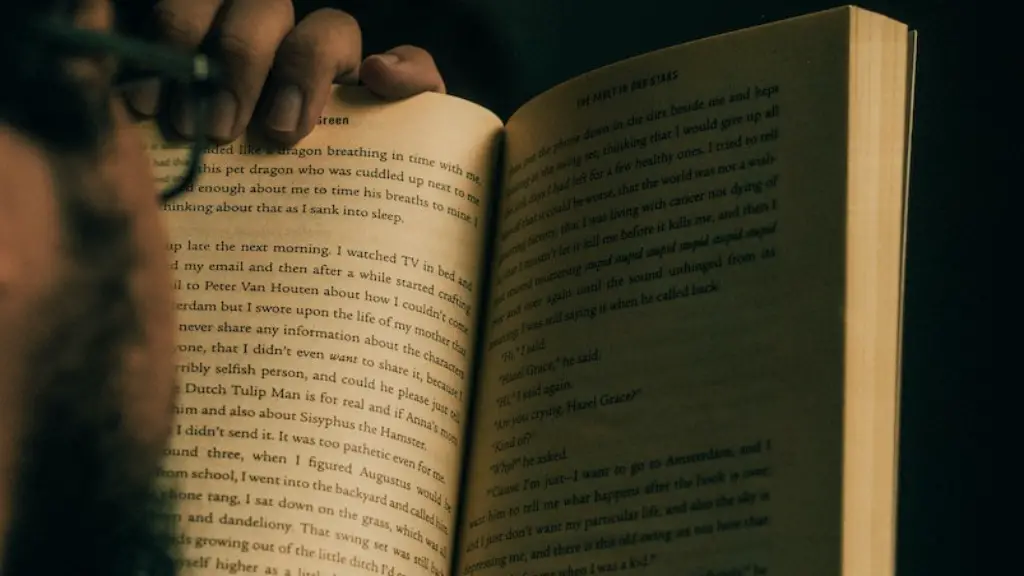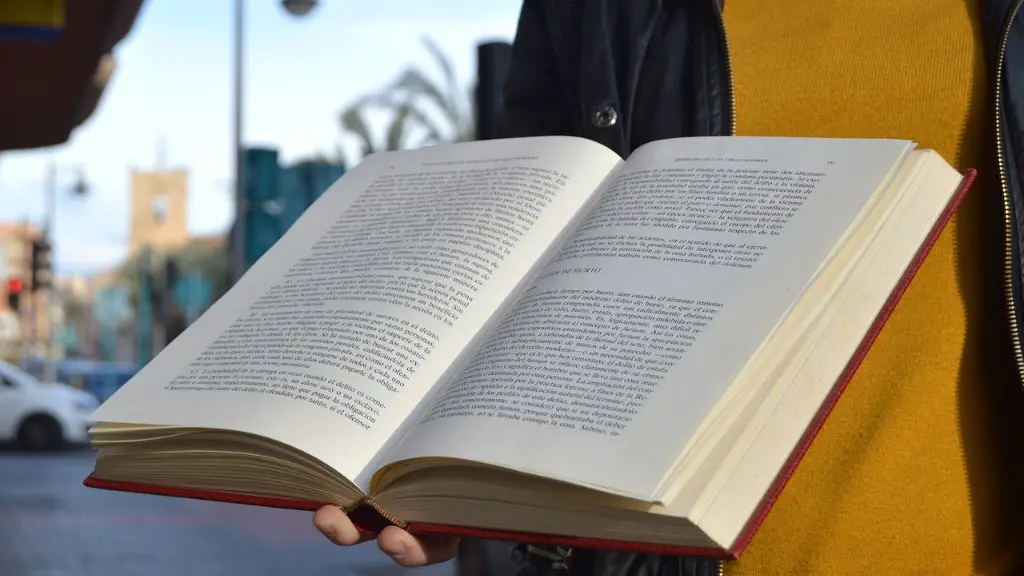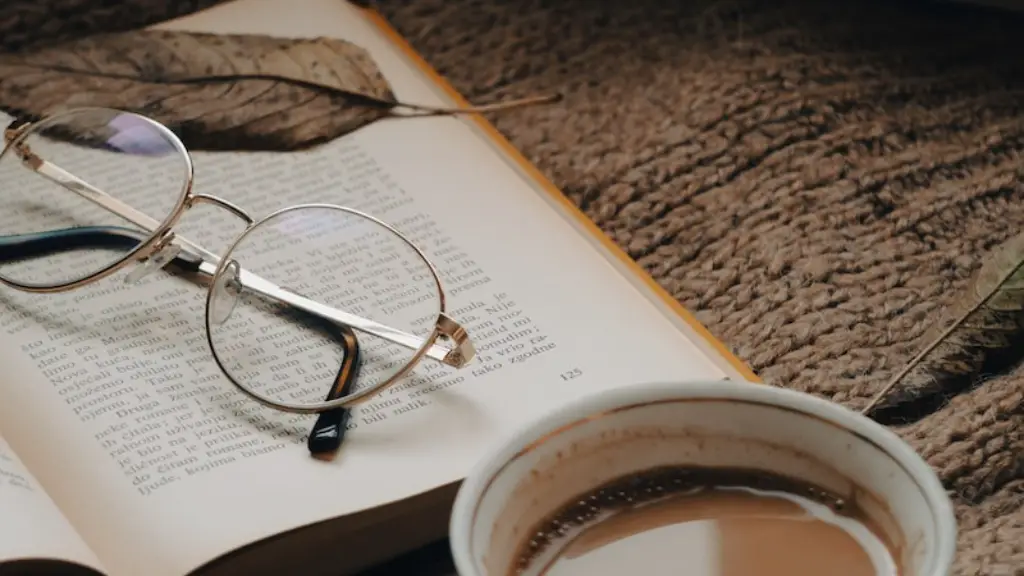How Rhyming Aids Poetry
Rhyming is a technique widely used by poets to elevate their poetry. A poem has the power to take readers on a journey, captivating minds and hearts. As rhyme can help to make a poem more harmonious, thereby increasing its impact and memorability, it has become a chief structural feature in poetry.
Had there been no rhyming in poetic verses, poetry would have been an entirely different form of art. It is this feature of poetry that sets it apart from prose, making it special and enjoyable. It’s hard to include the same depth of feeling and artistry in poetry when it lacks rhyme.
Generally, rhyme gives poetry a natural flow, making the reading of it almost effortless. As the poem progresses, the reader’s mind gets accustomed to the regularity and predictability of the patterns created by the rhymes. This facilitates better interpretation of the piece and gives off a feeling of comfort, similar to a lullaby.
This characteristic gives the poem an enhanced sound and leads the reader to a realisation of an enlightened state. The soft, uniform pattern that rhyme creates gives pleasure to the reader and their mind gets into an ecstatic state in an instant. It is believed that when something is repeated, it helps to build memories and retain them for a long time.
End-rhyme, along with other kinds of rhyme, helps to generate coherent ideas and develop a theme. It helps to bring out the hidden meaning of the words, keeping a consistent tone throughout the poem without losing the focus.
Moreover, by adding a sense of ‘tameness’ to the poem, an unusual aesthetic experience is created. This helps to keep the reader feeling tranquil and relaxed. Furthermore, the use of rhyme aids to clarify possible confusions in the poem and allows for smoother transitions from one stanza to the other.
The Dynastical Aspect of Rhyming
Rhyme has been in use for several centuries now, as renowned poets have tapped into its power for aeons. It has even been employed in songs and epics. For example, Homer’s The Odyssey is heavily dependent upon end-rhyme and other poetic devices.
Shakespeare’s famous Romeo and Juliet used the combination of iambic pentameter and rhyme in its prologue. Similarly, the likes of Alfred Tennyson, Robert Frost, Elizabeth Barrett Browning, William Blake, and Emily Dickinson have successfully used this technique to create some of the best pieces of literature.
This shows how dynamically rhyme has evolved with time, forcing the reader to examine and explore the message behind the poem and perceive the underlying essence of the poem which might have otherwise been disregarded.
Verse rhymes have been extensively accepted by many generations for its simplicity and accessibility. This allows for a broader audience to understand and appreciate the art of poetry. Additionally, rhyme makes a poem enjoyable and binds it together as a unit, helping to bring about a level of uniformity and continuity.
Rhyming– Friend or Foe?
When used effectively, rhyme can make a poem very powerful. However, it may be easy to overuse it, creating more distraction than benefit. When too many rhymes occur in a poem, it can become too obvious and might make readers feel like the poem is too simple and without depth.
Though end-rhymes are the most common type of rhyme, there is a range of other types like internal rhyme, slant rhyme, off rhyme and imperfect rhyme. As each type of rhyme has its unique effects, a blend of varieties can be used in one poem to make it more impactful.
However, while using a combination of rhymes can regenerate an audience’s interest, using them excessively might be a disadvantage. It is recommended to keep the poem lively by strategically using a mix of rhyme, repetition, and assonance, but simultaneously avoiding the burden of a single type of sound throughout the poem.
The reader should be able to take away the essence of the message without being overwhelmed by too much of a single poetic device. Hence, while these techniques can add beauty to a poem, they should be used in moderate amounts to make the most of their effectiveness.
Rhythm in Rhyming
The technical aspect of rhyme is also important in poetry. Rhyme helps to create a rhythm for each line and poem. By altering and arranging the words, poets can control the rhythm of the poem to communicate their emotions better.
A poem with a certain rhythm engulfs the readers, making them sway in accordance with the words. Metrical and rhythmic devices like alliteration, assonance and anaphora also help to bring about a cadence to the poem.
The music created by these techniques helps the reader to relax and take in the meaning and delivered emotion of the piece. Furthermore, this music has the potential to stay with readers even after they move away from the poem.
As rhythmic patterns exist in our day-to-day lives, poetry with a heightened rhythmic flow has a tendency to connect with us at a deeper level. This is why it has become a powerful tool in the world of poetry.
Role of Rhyming in Letters and Warning Signals
Rhyme serves us in more ways than just in poetry. It has been used in various cultures to give warnings, spread messages, and as prank tools such as the use of limericks.
In letters, rhyme has been used to express one’s feelings to the reader by pining their emotions in words and phrases. This was very much in use during the Victorian era and some of the most noteworthy expression of love was done through letters which comprised of verses and rhymes.
Rhyme is even used in some countries to pass on wisdom to the upcoming generations by relying on nursery rhymes. Rhyme makes it easier to remember words, giving them a lasting impression.
These rhymes, due to their rhythmic nature, are simple and fascinating. Moreover, they are memorized by adults, and children alike. Though they may seem to carry an insignificant message, they usually hold a moral lesson that all should abide to.
Is Rhyme Relevant Today?
In this day and age, the art of rhyme has still not faded away. People have begun understanding the power and influence of rhymes in various forms of literature, manifesting it as a part of pop culture.
New tools and styles have come up, allowing for more creative expression compared to the traditional methods. Rap music has become very popular and the main reason for its success is its focus on rhyme and rhythm.
Rap music speaks about the life that any ordinary person is living. This helps in connecting with the audience on a deeper level as they are familiar with the narrative. Its cleverly woven rhymes and rhythms create an impressive flow and keeps the audience captivated and engaged.
Moreover, hip-hop is branching out and has begun merging with other genres of music. This has allowed its popularity to surge even further and has consequently increased the awareness of poetry in the modern world.
Not only has rhyme kept poetry alive, but it has also popularized it in our times. This has encouraged many people to come forward and showcase their talents. The internet has amplified the reach of many poets, allowing them to share their work with the world and make a statement.
The Power of Peripheral Rhyming
Rhyme does not have to be limited to the end of words or syllables; it can extend to rhymes of phrases as well. This type of rhyme is also called extended rhyme. This type is more advanced as it involves a deeper understanding of the language.
Extended rhyme is used by master poets to explain complex ideas and thoughts by using rhymes of more than one word at a time. It involves narrating an idea or message and linking it to a certain emotion before it finally culminates into a sound.
This type of rhyme is popular amongst modern artists, allowing for flexible and creative works. This type of rhyme has significantly increased the appreciation for poetry, making it more inclusive and allowing for a wider group of audience to appreciate such works.
Rhyme & Poetry As One
In the end, we can say that rhyme has always been integral to the form of poetry. It is the perfect tool which enables poets to express their thoughts and allow them to reach out to more audiences.
Rhyme helps to keep the right pace and meter of a poem and makes it more enjoyable. It also helps to bring out the emotional intensity of a piece.
Furthermore, by giving readers a mental and physical rhythm, rhyme helps to make a poem memorable, enabling it to stay with the reader for an extended amount of time, leaving an everlasting impact and remembrance.
